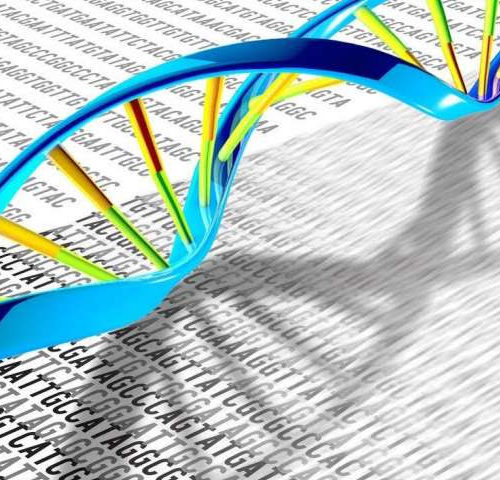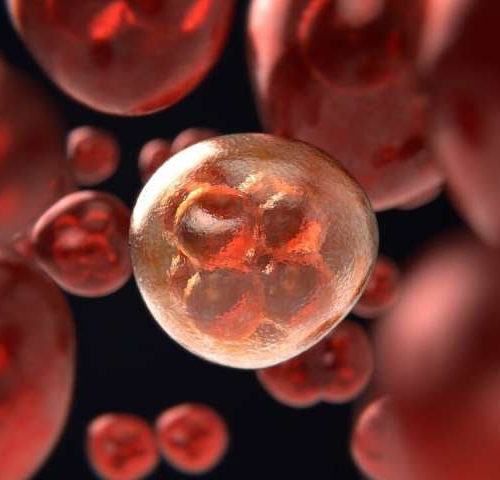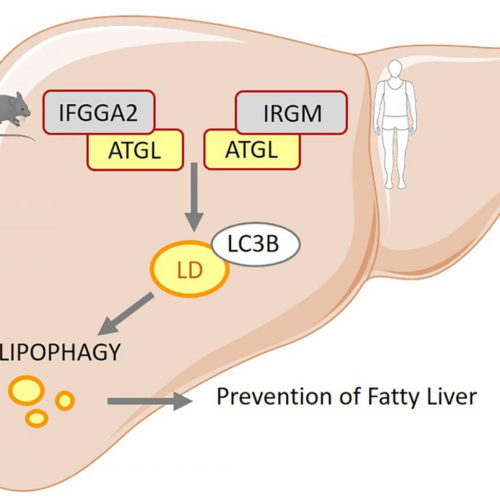by Kate Wighton, Imperial College London Scientists have created the world’s largest publicly available database of genetic variants—changes in DNA that can sometimes lead to disease. The use of this resource, called the Genome Aggregation Database (gnomAD) and including information from over 140,000 people from across the globe, is described in a landmark collection of...
Tag: <span>DNA</span>
Troublemaking ‘lesion’ singled out in UV-caused skin cancer
Finding may help explain caffeinated coffee’s link to a reduced risk of melanoma. The researchers used an enzyme from plants and marsupials to distinguish the lesion. Upon exposure to human skin, ultraviolet light from the sun almost instantly generates two types of “lesions” that damage DNA. It has long been unknown, though, whether one of...
Greedy for glucose: Cancer cells rely on a primeval energy-producing pathway to proliferate and spread
by Delthia Ricks , Medical Xpress To fuel their rapid proliferation, tumor cells rely on glycolysis, a primordial metabolic pathway that is easily exploited by cancers to gain energy to grow—and spread. Glycolysis is the oldest form of energy production in living cells. It has been around for billions of years, having emerged before oxygen...
The self-synthesizing ribosome
As the cell’s protein factory, the ribosome is the only natural machine that manufactures its own parts. That is why understanding how the machine, itself, is made, could unlock the door to everything from understanding how life develops to designing new methods of drug production. An intensive, long research effort at the Weizmann Institute of...
Additional genetic cause for non-alcoholic fatty liver disease discovered
In Germany about 18 million people suffer from non-alcoholic fatty liver. The causes of this disease are manifold and include environmental as well as genetic factors. DZD researchers have now discovered new genes that play a role in the development of fatty liver. In humans and mice, respectively, the genes IRGM, Ifgga2 and Ifgga4 are...
Alleviating Effects of Muscular Dystrophy
By Reginald Davey Reviewed by Michael Greenwood, M.Sc. Muscular dystrophy is a debilitating muscle disorder that causes a gradual weakening of the muscles in sufferers worldwide. Alleviating the adverse effects of the disorder are of concern to researchers and health professionals worldwide. What is muscular dystrophy? Muscular dystrophy affects approximately 1 in 3,500 male births....
Genome-wide pattern found in tumors from brain cancer patients predicts life expectancy
by University of Utah Health Sciences In her Genomic Signal Processing Lab, Alter develops new mathematical methods that are uniquely suited for personalized medicine. Credit: Nathan L. Galli, University of Utah For the past 70 years, the best indicator of life expectancy for a patient with glioblastoma (GBM)—the most common and the most aggressive brain...
Study identifies group of genes with altered expression in autism
by FAPESP Autism has long been associated only with behavioral and environmental factors, but the role of genetics in its development is now increasingly evident. Some 100 genes have been found to play a role in autism spectrum disorder, and another thousand are being studied to the same end. The diagnosis and treatment of the...
Danish researchers find new breast cancer gene in young people
by University of Copenhagen Over the past 20 years, our knowledge of hereditary diseases has taken a quantum leap, and several hereditary gene variants have been found that may predispose to the development of cancer. We have known for a long time that mutations in human BRCA1 and BRCA2 genes may lead to the development...
New research into stem cell mutations could improve regenerative medicine
New research from the University of Sheffield into stem cells could help make regenerative medicine safer Regenerative medicine involves using pluripotent stem cells to repair damaged or diseased tissues in the body The new research has suggested ways to reduce the likelihood of mutations occurring in these cells when cultured. Research from the University of...








